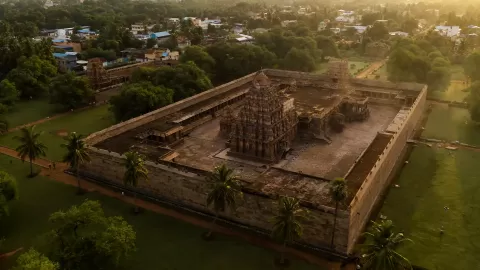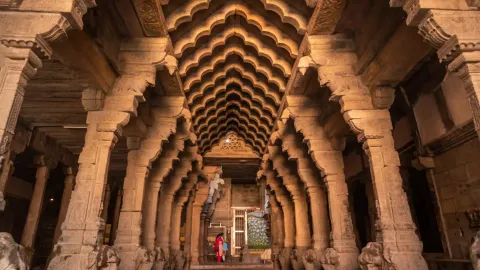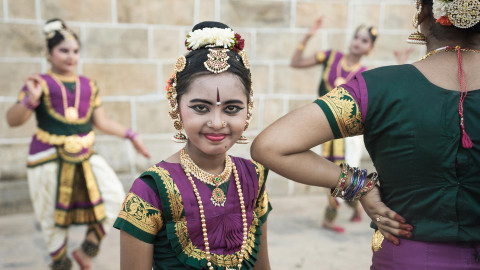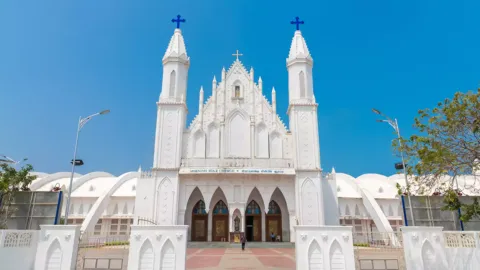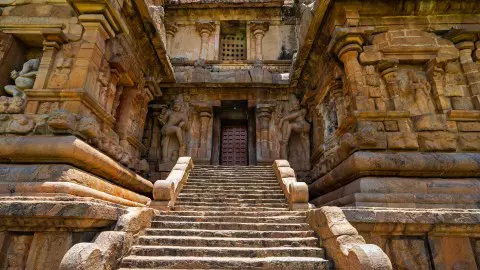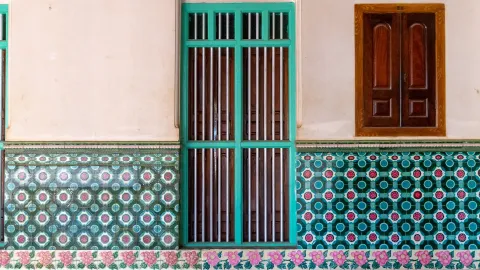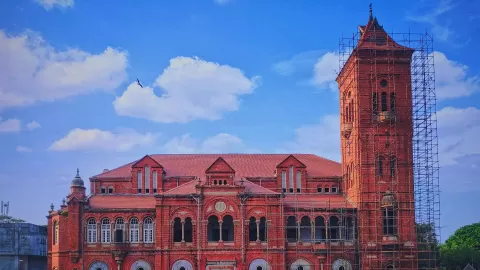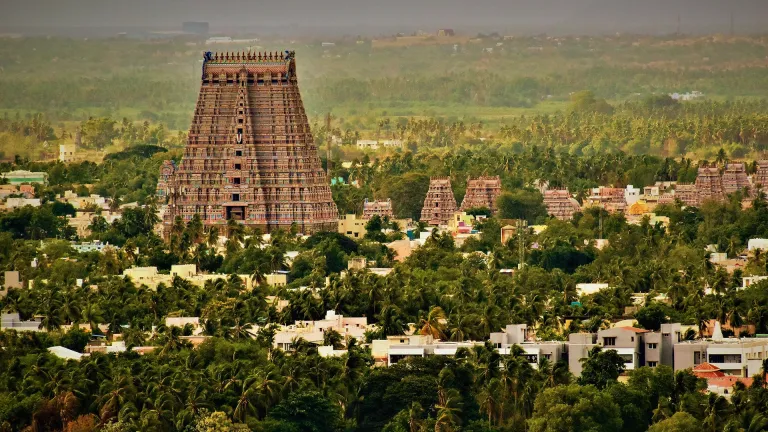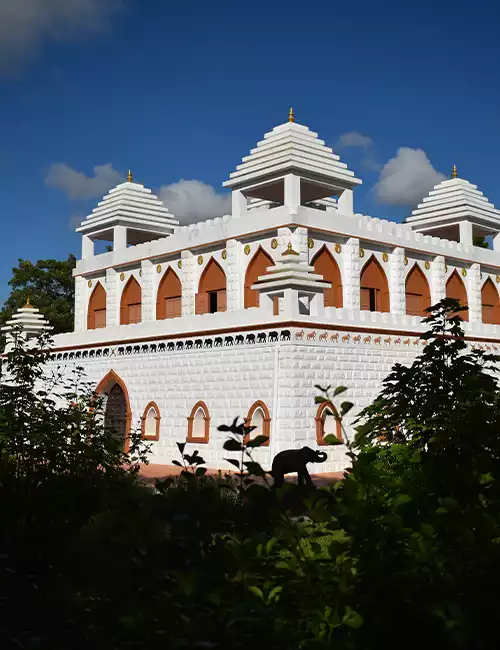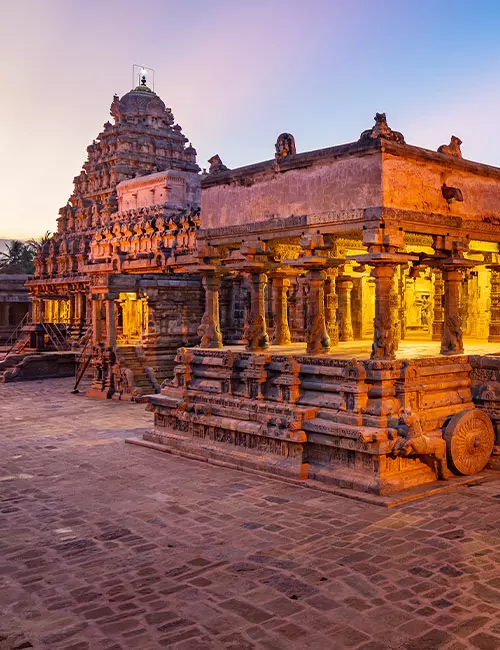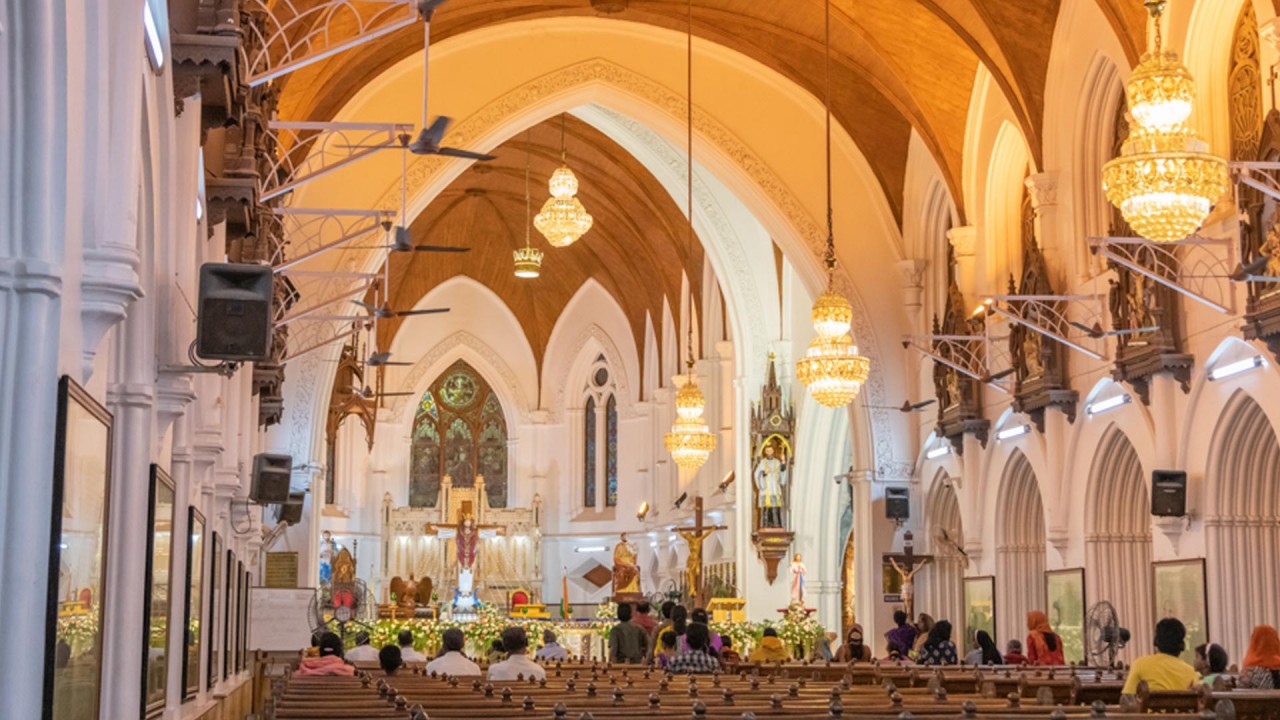
The imprint of the Portuguese in Tamil Nadu has a long history that predates the British, the Dutch and the French. This is still evident today in some churches and other buildings that remain, offering travellers who are interested in history and heritage an intriguing glimpse of our past. Part 21 of an Outlook special on lesser-known travel ideas in Tamil Nadu.
Tamil Nadu is a state with a syncretic spiritual identity. Its churches stand tall, emanating serenity over their surroundings and woven into the warp and weft of the region’s history. And nowhere is this more apparent than in the capital, Chennai.
Interestingly, some of the most prominent churches here are of Portuguese origin. The first is the St. Thomas Cathedral Basilica. With its neo-Gothic design and series of spires, this imposing structure is a huge draw for visitors. Though its present-day architecture is British, its spiritual and historical significance goes far back. When the Portuguese established the first official settlement in the region around 1522, they built a small timber chapel that exhibited typical elements of Portuguese architecture like symmetrical facades and sloping roofs. With further exploration, the Portuguese learnt about the legend of the apostle of Jesus Christ, St. Thomas, being martyred and buried here. When some relics were found, they demolished the chapel and established the foundations of today’s basilica. Today, the crypt of St Thomas is located under the church while the relics such as the spear said to have killed the saint, stones with the apostle’s deeds etched, and two postage stamps are precious exhibits at the small museum. This church is one of the only three known churches in the world built over the tomb of an apostle of Jesus - the other two are in Vatican City and Spain.
The church of Madre de Deus on Mada Church Road in Santhome is one of the oldest churches in Chennai. Built when Santhome was a fortified city, the church was held in great reverence. It has always stood outside the walls of Portuguese Town and is also said to be a possible origin point for the name of the state capital name – Madras. This church is now known as Dhyana Ashramam.
The Portuguese constructed and consecrated many churches in the Mylapore-Santhome area when they first settled here – these are some of the earliest churches built by Europeans not just in India but in South Asia. The oldest is the Nossa Senhora Luz in Mylapore, known as the Luz Church. Dedicated to ‘Our Lady of Light’, this was built in the early 16th century by Friar Pedro de Atongia. The church is designed like a cross with a vaulted roof. Intricate pilasters and carvings embellish its façade while the ceiling is adorned with paintings and the floor with tiles reportedly imported from Italy.
The Rosary Church or the Church of the Holy Rosary also owes its origins to the Portuguese. Its ornate façade makes it an architecture lover’s delight, while the clear windows that bathe the altar during the day calm the most restless heart with peace.
Santhome is also home to St Lazarus’s Church or the church of Santo Lazaro. The earliest church records date back to 1582, and it was rebuilt in 1637. Again, during the religious resurgence of the late 19th and early 20th centuries, it was rebuilt in the late Gothic style, like the St. Thomas Cathedral Basilica in Santhome and thousands of other churches across the world.
St. Rita’s Chapel, while built by the Armenians in 1729, has several evidences of Portuguese footprints. Framed boxes on the walls of the chapel contain inscriptions as does a line on the façade that are in Portuguese. The chapel’s symmetrical facade and urn-like structures on the top are clear signs of its Portuguese history as well as the region's long-standing links with Portugal.
While Goa is the state best known for reflecting the most apparent Portuguese influence, Tamil Nadu’s pockets of Portugal provide an unexpected delight to the curious heritage and history-loving travellers.



